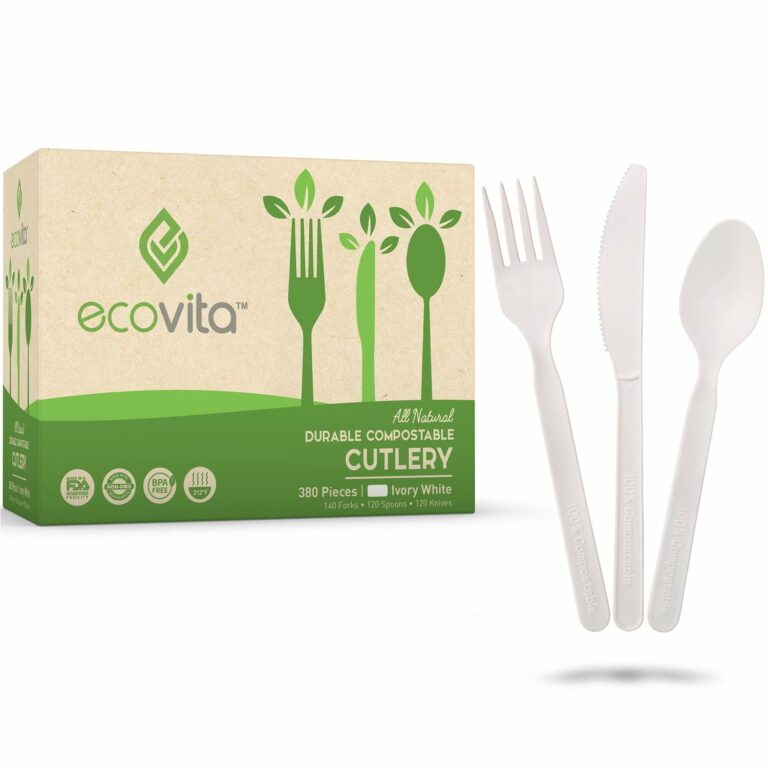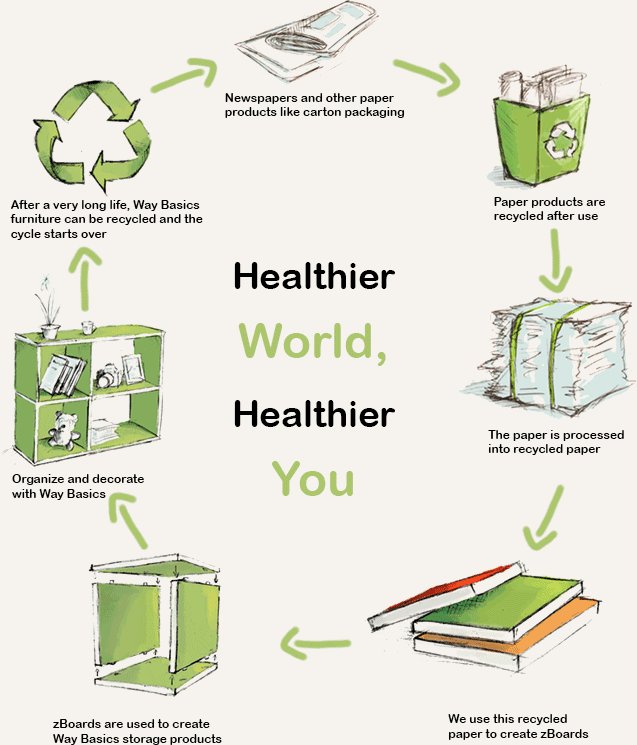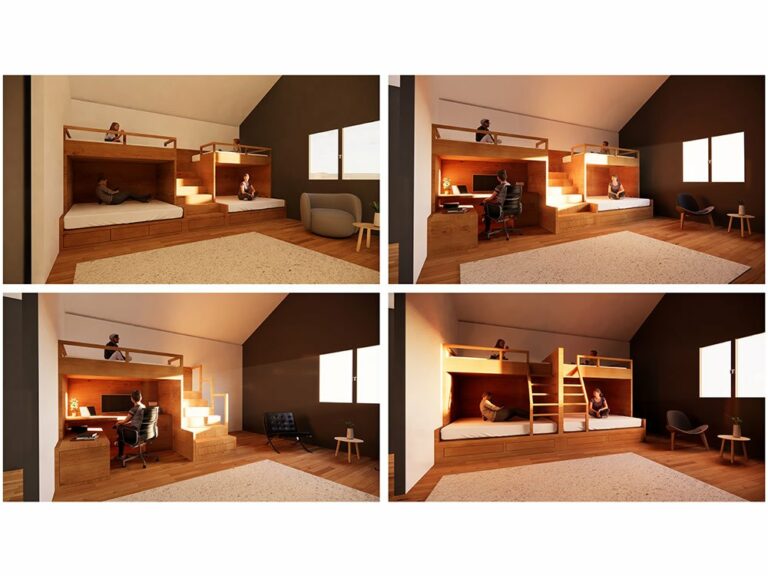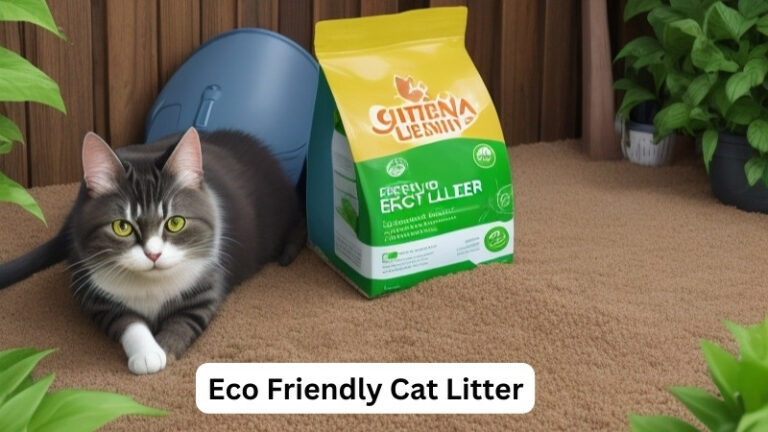Eco Friendly Light Bulbs
Are you passionate about protecting the planet and making environmentally friendly choices? If so, eco-friendly light bulbs are the way to go! These amazing inventions not only brighten up your space but also help reduce your carbon footprint. In this article, we’ll explore the benefits of eco-friendly light bulbs and why they’re a great choice for both your wallet and the environment. So let’s shed some light on this illuminating topic!
When it comes to energy-efficient lighting options, eco-friendly light bulbs take the cake. They use significantly less energy than traditional incandescent bulbs, which means lower electricity bills for you. Plus, they last much longer, saving you from constantly replacing bulbs. Talk about a win-win! But that’s not all—these bulbs also release fewer greenhouse gases, helping to combat climate change and protect our planet.
You might be wondering, “What exactly makes these bulbs eco-friendly?” Well, it’s all about the technology behind them. Eco-friendly light bulbs, such as LED (Light-Emitting Diode) and CFL (Compact Fluorescent Lamp), are designed to be energy-efficient while still providing a bright and pleasant light. In fact, they can save up to 80% more energy compared to traditional bulbs. So, not only are you being environmentally responsible, but you’re also saving money in the long run. It’s a win-win situation!
So, if you’re ready to make a positive impact and light up your life, switching to eco-friendly light bulbs is the way to go. Not only will you save money and energy, but you’ll also be doing your part in preserving our beautiful planet. So, let’s embark on this eco-friendly journey together and make a meaningful difference, one light bulb at a time!
[1 1 1]
Looking to make your lighting more eco-friendly? Opt for energy-efficient light bulbs that are kind to both the planet and your wallet. These bulbs use less energy and last longer than traditional ones. Plus, they come in various options, including LED and CFL bulbs. Not only will you reduce your carbon footprint, but you’ll also save money on energy bills. Upgrade to eco-friendly light bulbs today!
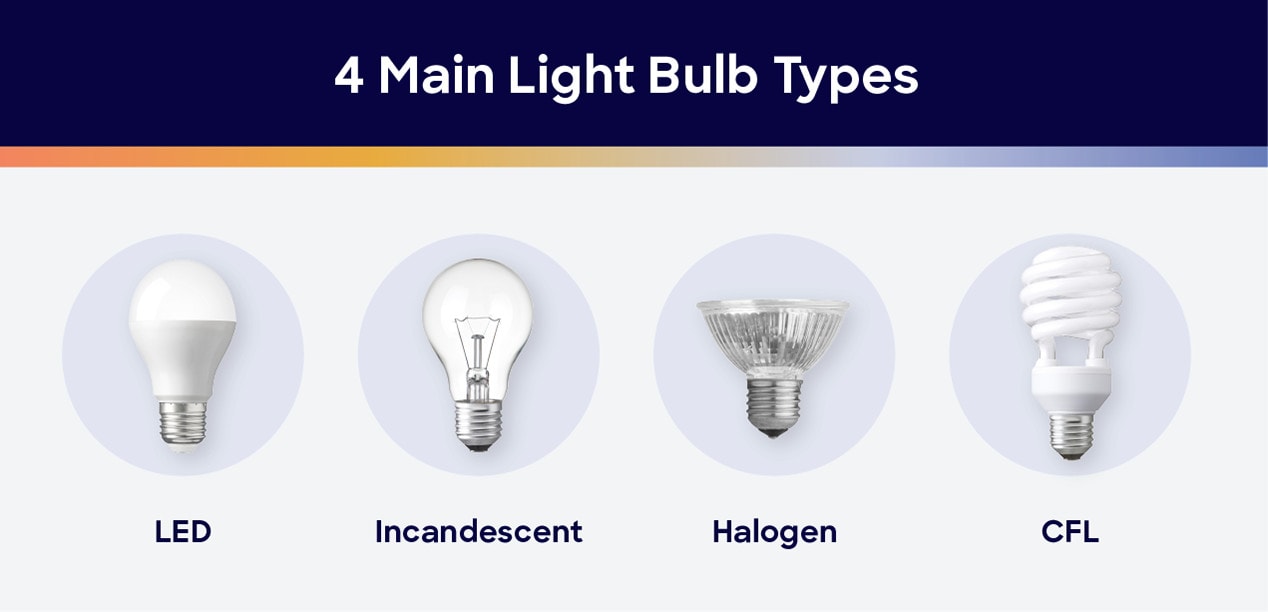
The Eco-Friendly Revolution: A Guide to Eco-Friendly Light Bulbs
Light bulbs are an essential part of our daily lives, providing the illumination we need to navigate and accomplish tasks in our homes and workspaces. However, with the growing concern for environmental sustainability, the use of traditional incandescent light bulbs has come under scrutiny due to their high energy consumption and short lifespan. This has led to the rise of eco-friendly light bulbs, which are not only energy-efficient but also have a significantly longer lifespan. In this guide, we will explore the various types of eco-friendly light bulbs, their benefits, and tips for making the switch to a more sustainable lighting solution.
The Benefits of Eco-Friendly Light Bulbs
1. Energy Efficiency and Cost Savings:
Eco-friendly light bulbs, such as LED (light-emitting diode) and CFL (compact fluorescent) bulbs, are highly energy-efficient. They consume significantly less electricity compared to traditional incandescent bulbs, resulting in lower energy bills. LED bulbs, in particular, use up to 80% less energy than incandescent bulbs, making them a cost-effective choice in the long run.
2. Longer Lifespan:
One of the key advantages of eco-friendly light bulbs is their extended lifespan. LED bulbs, for example, can last up to 25 times longer than incandescents, while CFL bulbs can last up to 10 times longer. This not only reduces the frequency of bulb replacements but also decreases the amount of waste generated, contributing to a greener planet.
3. Environmentally Friendly:
Eco-friendly light bulbs are designed to minimize their environmental impact. They produce less heat, reducing the strain on cooling systems and saving additional energy. Additionally, these bulbs do not contain harmful materials like mercury, making them safer for both humans and the environment. When properly disposed of, eco-friendly bulbs can even be recycled, reducing the amount of electronic waste in landfills.
The Different Types of Eco-Friendly Light Bulbs
1. LED Light Bulbs:
LED light bulbs have revolutionized the lighting industry with their energy efficiency and versatility. These bulbs use a semiconductor to emit light when an electrical current passes through them. LED bulbs are available in various shapes, sizes, and color temperatures, making them suitable for a wide range of lighting applications. They have a long lifespan, generate minimal heat, and are highly durable, making them ideal for both indoor and outdoor use.
2. CFL Light Bulbs:
Compact fluorescent (CFL) bulbs are another popular choice for eco-conscious consumers. These bulbs contain a small amount of mercury vapor that emits ultraviolet light when electricity is applied. The UV light then interacts with the phosphor coating inside the bulb, producing visible light. CFL bulbs are more energy-efficient than incandescent bulbs and can be used as direct replacements for them. They are most effective when used in areas where the light remains on for extended periods of time.
3. Halogen Incandescent Bulbs:
Halogen incandescent bulbs are a more energy-efficient alternative to traditional incandescent bulbs. They use a halogen gas to increase the bulb’s efficiency, resulting in a longer lifespan and reduced energy consumption. While they are not as energy-efficient as LED or CFL bulbs, they are still a more environmentally friendly option compared to standard incandescents.
The Advantages of LED Light Bulbs
1. Energy Efficiency:
LED light bulbs are highly energy-efficient, converting the majority of electrical energy into light rather than heat. This results in significant energy savings and reduced electricity bills.
2. Longer Lifespan:
LED bulbs have an impressive lifespan, lasting up to 25 times longer than traditional incandescent bulbs. This means fewer replacements and less waste generated.
3. Durability:
LED bulbs are incredibly durable and resistant to shock and vibrations. This makes them ideal for outdoor lighting, as they can withstand harsh weather conditions.
4. Instant Lighting:
LED bulbs provide instant full brightness when switched on, eliminating any warm-up time. This makes them ideal for situations where instant illumination is required.
5. Environmentally Friendly:
LED bulbs do not contain mercury or other harmful materials, making them safer for the environment. Additionally, their long lifespan and low energy consumption contribute to a reduced carbon footprint.
How to Choose the Right Eco-Friendly Light Bulb
When making the switch to eco-friendly light bulbs, there are a few factors to consider to ensure you choose the right bulb for your needs:
1. Brightness and Color Temperature:
Consider the level of brightness and the color temperature you desire for your space. LED bulbs come in various color temperatures, ranging from warm white to cool white, allowing you to customize the ambiance of your room.
2. Wattage Equivalency:
While traditional incandescent bulbs are often labeled with their wattage, eco-friendly bulbs use a different metric to measure brightness. Look for the wattage equivalency on the packaging to ensure you choose a bulb with the desired level of brightness.
3. Compatibility:
Check for compatibility with your existing fixtures before purchasing eco-friendly bulbs. Some fixtures may require specific types of bulbs or may not work with certain dimmer switches.
4. Dimmability:
If you have dimmer switches in your home, look for dimmable eco-friendly light bulbs to ensure compatibility with your existing setup. Not all LED or CFL bulbs are dimmable, so make sure to check the packaging for this feature.
5. Cost:
While eco-friendly bulbs may have a higher upfront cost compared to traditional incandescent bulbs, their longer lifespan and energy savings make them a cost-effective choice in the long run. Consider the long-term benefits when evaluating the cost.
Eco-Friendly Lighting Tips for Every Room
1. Living Room:
Opt for LED bulbs with a warm white color temperature to create a cozy and inviting atmosphere. Use dimmable bulbs to adjust the lighting based on different activities or moods.
2. Bedroom:
Choose LED bulbs with a soft white color temperature to promote relaxation and better sleep. Avoid using overly bright bulbs that can interfere with your sleep patterns.
3. Kitchen:
Light up your kitchen with bright and cool white LED bulbs to ensure proper visibility while cooking and preparing meals. Consider installing under-cabinet lighting for additional task lighting.
4. Bathroom:
Select LED bulbs with a daylight color temperature for accurate color rendering and optimal visibility in the bathroom. Use dimmable bulbs for a more soothing ambiance during baths or nighttime routines.
5. Home Office:
Opt for LED desk lamps or ceiling fixtures with adjustable color temperatures to provide optimal lighting for work. Choose bulbs with a cool white color temperature for increased focus and productivity.
In conclusion, eco-friendly light bulbs offer numerous advantages over traditional incandescent bulbs, including energy efficiency, cost savings, and a reduced environmental impact. LED and CFL bulbs are the two primary options, each with their own unique benefits. When choosing an eco-friendly light bulb, consider factors such as brightness, color temperature, wattage equivalency, compatibility, dimmability, and cost. By making the switch to eco-friendly lighting solutions, you can contribute to a greener planet while enjoying long-lasting, high-quality illumination in your home or workplace.
Key Takeaways
- Eco friendly light bulbs are energy-efficient alternatives to traditional incandescent bulbs.
- Switching to eco friendly light bulbs can help reduce energy consumption and lower electricity bills.
- LED light bulbs are the most popular type of eco friendly light bulbs due to their long lifespan and low energy usage.
- Eco friendly light bulbs emit less heat, making them safer to use and reducing the strain on cooling systems.
- Choosing eco friendly light bulbs can contribute to a greener environment by reducing greenhouse gas emissions.
Frequently Asked Questions
Welcome to our FAQ section on eco-friendly light bulbs! Below, we’ve answered some common questions about these environmentally friendly lighting options. Read on to learn more about how they work, their benefits, and how they can help reduce your carbon footprint.
1. How do eco-friendly light bulbs differ from traditional incandescent bulbs?
While traditional incandescent bulbs use a lot of energy to produce light, eco-friendly light bulbs are designed to be much more energy-efficient. Most eco-friendly bulbs, such as LED (Light Emitting Diode) or CFL (Compact Fluorescent Lamp) bulbs, consume significantly less electricity while providing the same level of brightness. This energy efficiency makes them a more sustainable choice for lighting your home or office.
Eco-friendly bulbs also have a longer lifespan compared to traditional bulbs. While incandescent bulbs last around 1,000 hours, LED bulbs can last up to 25,000 hours, and CFL bulbs can last up to 10,000 hours. This means you won’t have to replace them as frequently, saving you money in the long run.
2. Are eco-friendly light bulbs expensive to purchase?
Although the initial cost of eco-friendly light bulbs can be higher, they are more cost-effective in the long term. While incandescent bulbs are cheaper upfront, they consume more electricity and need to be replaced more often. On the other hand, eco-friendly alternatives like LED bulbs may have a higher price tag initially, but they use less energy and last longer, resulting in lower electricity bills and fewer replacements.
Additionally, as the demand for eco-friendly bulbs increases, their prices have been steadily decreasing. Today, you can find affordable options for eco-friendly light bulbs that fit a variety of budgets.
3. Are eco-friendly light bulbs better for the environment?
Yes, eco-friendly light bulbs are much better for the environment. Traditional incandescent bulbs produce light by heating a filament, which consumes a large amount of electricity and generates a lot of heat as waste. In contrast, eco-friendly bulbs like LEDs and CFLs use advanced technology to convert electricity into light more efficiently, resulting in significantly lower energy consumption.
By using less energy, these bulbs help reduce carbon dioxide emissions, which contributes to global warming. They also contain fewer hazardous materials, such as mercury, compared to traditional bulbs. Additionally, the longer lifespan means fewer bulbs end up in landfills, further reducing waste and environmental impact.
4. Can I use eco-friendly light bulbs in all of my existing light fixtures?
Yes, you can use eco-friendly light bulbs in most, if not all, existing light fixtures in your home or office. Eco-friendly bulbs are available in a variety of shapes, sizes, and base types. They can be used in regular screw-in sockets as well as specialty fixtures, such as recessed lighting or track lighting.
However, it’s important to check the packaging or product information to ensure compatibility with your specific fixture. Some specialty fixtures may require specific types of eco-friendly bulbs, as not all may fit or produce the desired lighting effect.
5. Do eco-friendly light bulbs have the same quality of light as traditional bulbs?
Yes, eco-friendly light bulbs can provide the same quality of light as traditional bulbs. In fact, many people find them to be even better. LED bulbs, for example, are available in a range of color temperatures, allowing you to select warm or cool lighting based on your preference.
Eco-friendly bulbs also have excellent color rendering, which means they accurately represent colors without distorting them. This is important for activities such as reading or working, as it helps reduce eye strain. With advancements in technology, eco-friendly light bulbs now offer a wide variety of lighting options that can suit any space or ambiance.
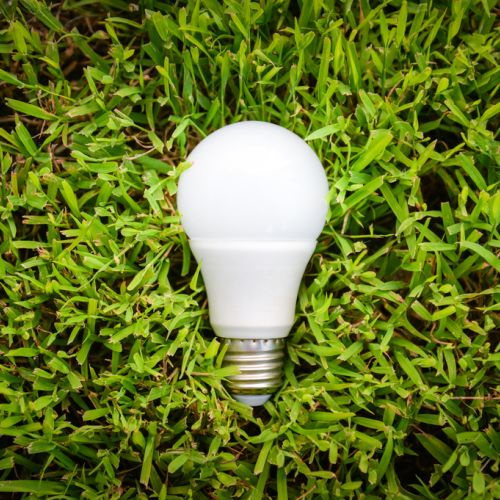
Ask The Expert: What’s the best light bulb to use in order to save energy?
Summary
Eco friendly light bulbs are a great choice for saving energy and helping the environment. These bulbs use less electricity, which means lower energy bills for your family. They also last longer than traditional bulbs, so you won’t have to replace them as often. Additionally, eco friendly light bulbs don’t contain harmful chemicals like mercury, making them safer for you and the planet. By making the switch to eco friendly light bulbs, you can make a positive impact and be more environmentally conscious.
In conclusion, eco friendly light bulbs are a win-win solution. They save energy, reduce electricity bills, last longer, and are safer for the environment. So, why not make the switch and contribute to a greener future?

